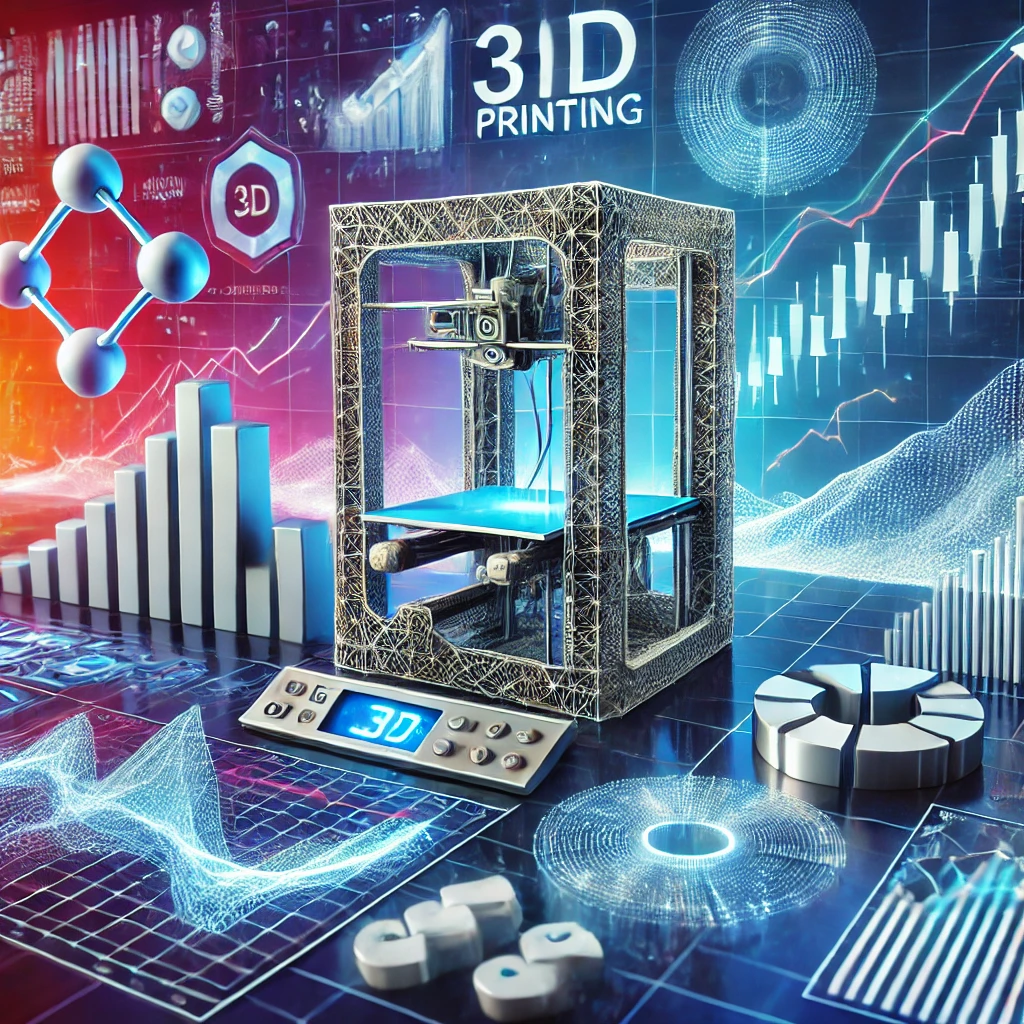Understanding 5StarsStocks.com 3D Printing Stocks
What Are 3D Printing Stocks?
5StarsStocks.com 3D Printing Stocks refer to shares of companies that are involved in additive manufacturing technology. These companies produce 3D printers, materials, and software that facilitate 3D printing for industries such as healthcare, aerospace, automotive, and consumer goods. Investing in 3D printing stocks offers potential for growth as the technology continues to expand.
Why 3D Printing Stocks Are Gaining Popularity
The demand for 3D printing stocks is rising due to the increasing adoption of this technology across various industries. From medical implants to customized manufacturing, 3D printing is revolutionizing production. Investors looking for innovative sectors with high growth potential often consider 3D printing stocks as a promising opportunity.
Benefits of Investing in 5StarsStocks.com 3D Printing Stocks
High Growth Potential
3D printing stocks have witnessed significant growth in recent years. As technology advances and more industries integrate 3D printing into their operations, the demand for related stocks is expected to increase.
Diversification in Investment Portfolio
Investing in 3D printing stocks allows diversification by including companies from different sectors such as healthcare, industrial manufacturing, and consumer electronics. This reduces risk and provides balanced portfolio exposure.
Innovation-Driven Market
The 3D printing industry thrives on innovation. With continuous advancements in materials, software, and production methods, investing in 3D printing stocks provides exposure to cutting-edge technology that is shaping the future of manufacturing.
Key Players in 3D Printing Stocks
Leading 3D Printing Companies
Several companies dominate the 3D printing sector, providing advanced solutions for various industries. These include well-established corporations as well as emerging startups bringing fresh ideas and technological breakthroughs to the market.
Industry-Specific 3D Printing Stocks
Certain 3D printing companies focus on specific industries such as healthcare, aerospace, or automotive. Investing in industry-focused 3D printing stocks can provide targeted exposure to sectors experiencing rapid growth in additive manufacturing.
How to Choose the Best 3D Printing Stocks
Analyzing Financial Performance
Before investing in 3D printing stocks, analyzing a company’s financial performance is crucial. Reviewing revenue growth, profitability, and market share helps in determining the potential of a stock.
Evaluating Technological Advancements
Companies that continue to innovate and develop advanced 3D printing solutions have a competitive advantage. Evaluating research and development efforts can provide insight into long-term growth prospects.
Understanding Market Demand
Market demand plays a significant role in the success of 3D printing stocks. Companies with strong customer bases and expanding applications in industries such as medical and industrial manufacturing tend to perform well.
Risks Associated with 3D Printing Stocks
Market Volatility
Like any technology-driven industry, 3D printing stocks can be volatile. Prices may fluctuate based on market trends, technological disruptions, and industry competition.
Regulatory Challenges
3D printing companies must comply with various regulations, especially in industries like healthcare and aerospace. Changes in government policies and compliance requirements can impact stock performance.
Competition and Technological Obsolescence
The rapid advancement of 3D printing technology means companies must continuously innovate. Investors should be aware of competitive pressures and the risk of technological obsolescence affecting stock value.
Future of 3D Printing Stocks
Expanding Applications
The applications of 3D printing are continuously expanding, from medical prosthetics to customized consumer products. As more industries adopt 3D printing, the market for related stocks is expected to grow.
Sustainable Manufacturing Trends
3D printing contributes to sustainable manufacturing by reducing waste and optimizing resource usage. Companies focusing on eco-friendly 3D printing solutions are likely to gain traction in the market.
Increased Adoption in Healthcare
The healthcare industry is one of the largest adopters of 3D printing technology. With advancements in bioprinting and patient-specific medical devices, 3D printing stocks in the healthcare sector have strong growth potential.
Conclusion
5StarsStocks.com 3D printing stocks provide investors with an exciting opportunity to invest in a rapidly growing and innovative sector. With applications expanding across industries and continuous technological advancements, 3D printing stocks offer strong potential for growth. However, investors should carefully evaluate financial performance, market trends, and associated risks before making investment decisions.
FAQs
What are 3D printing stocks? 3D printing stocks refer to shares of companies that specialize in additive manufacturing technology, including the production of 3D printers, materials, and software solutions.
Why should I invest in 3D printing stocks? Investing in 3D printing stocks offers exposure to a high-growth industry that is transforming manufacturing, healthcare, and other sectors through innovation and technology.
Are 3D printing stocks risky? Like any technology-driven industry, 3D printing stocks can be volatile due to market fluctuations, regulatory changes, and competition. Proper research and diversification can help mitigate risks.
Which industries benefit the most from 3D printing? Industries such as healthcare, aerospace, automotive, and consumer goods benefit the most from 3D printing due to its ability to create customized and complex products efficiently.
How do I choose the best 3D printing stocks? Choosing the best 3D printing stocks involves analyzing financial performance, evaluating technological advancements, and understanding market demand to make informed investment decisions.


